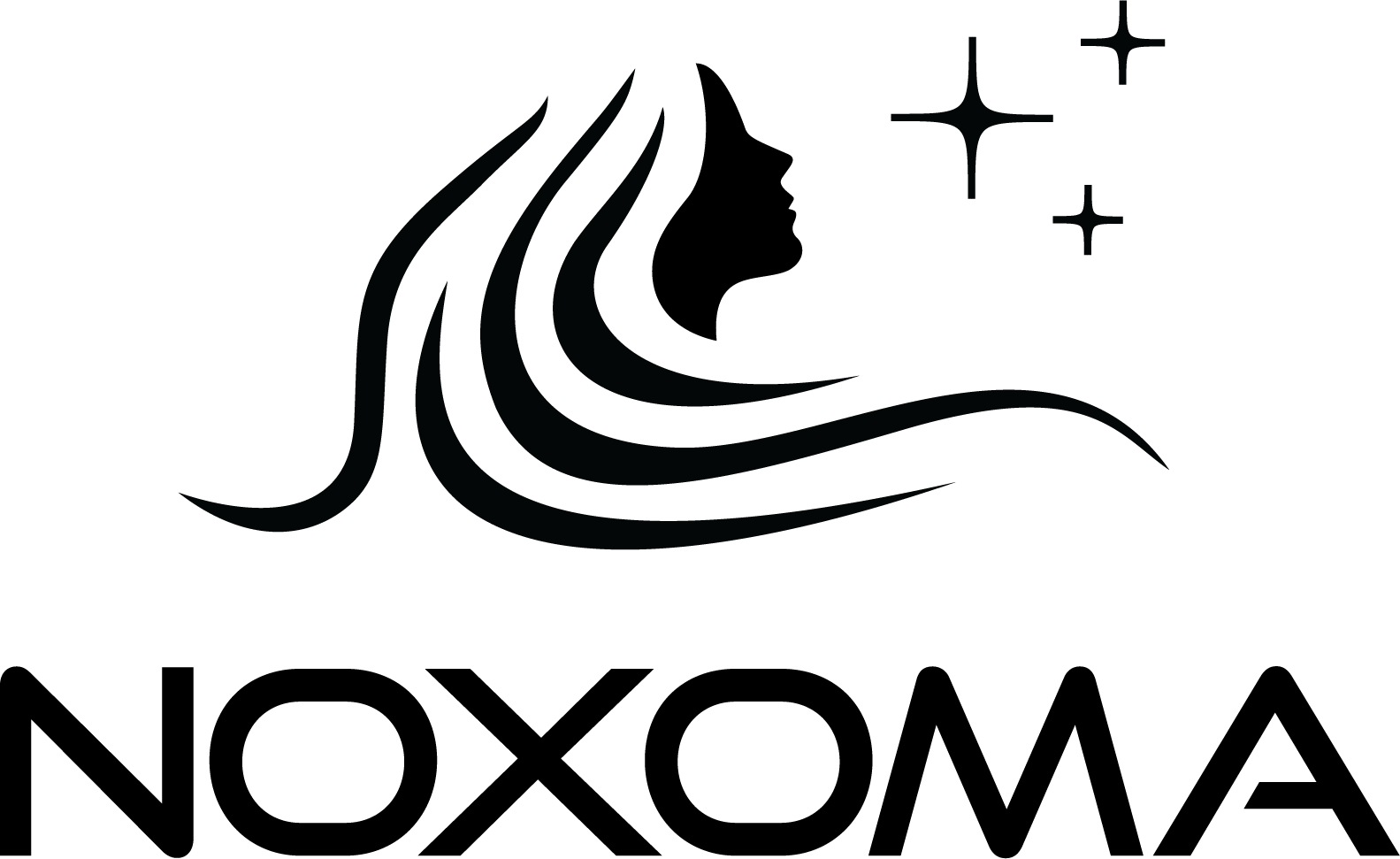As we have applied for a long stay visa for French Polynesia, we have to wait 4-6 weeks for them to get issued by the French embassy in Panama City. We therefore decided to venture out to explore the Panamanian coast and islands west of Panama City towards the Costa Rican border.
Our first goal was Isla Gomez, 265 nm from the city in the Gulf of Chiriquí. We started out late the first day, and was counting on roughly two nights at sea to reach our destination. However, along the way, we experienced long periods with very little wind, so we had to motor a lot. As we hate using more fuel than we need, we ended up trying to sail through parts of the little wind we had, and needed a total of three nights to arrive.
During our last day at sea, we passed a famous marine park, called Coiba. The Smithsonian Institute performs most of the research in the park, and it is known to have the best diving in all of Panama. We certainly experienced part of the magnificent animal life of the park, as a pilot whale followed our boat for quite some time. It was truly curious to see what we were up to. We also had several pods of dolphins playing at our bow. Always a good sign when entering new waters!
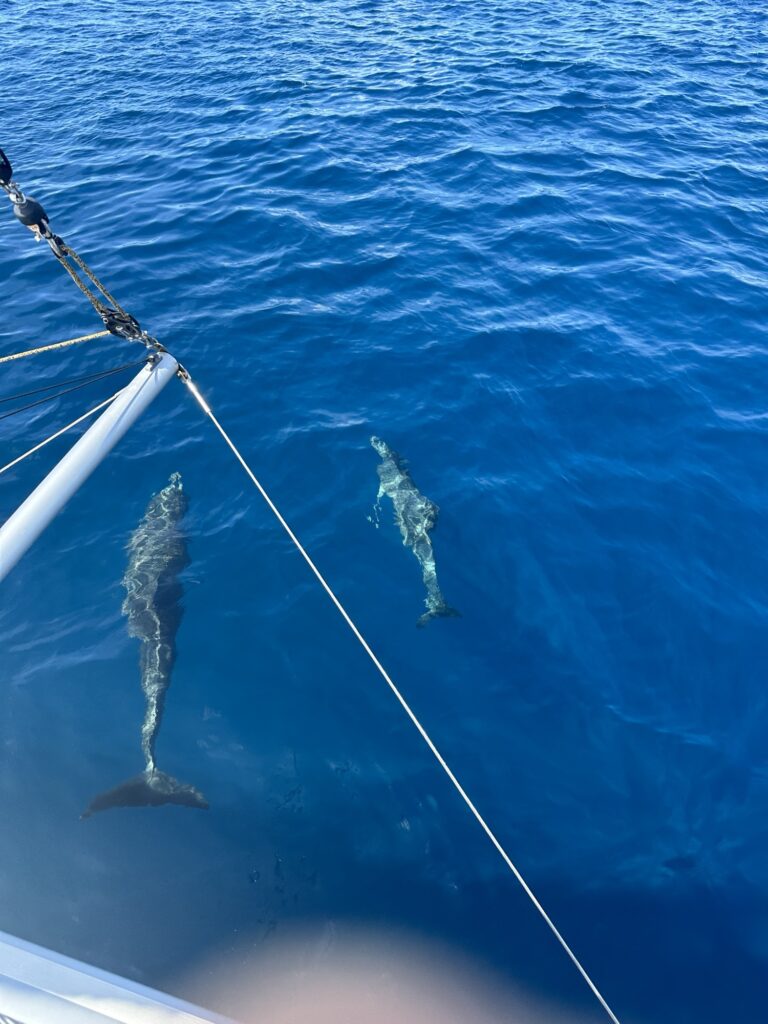
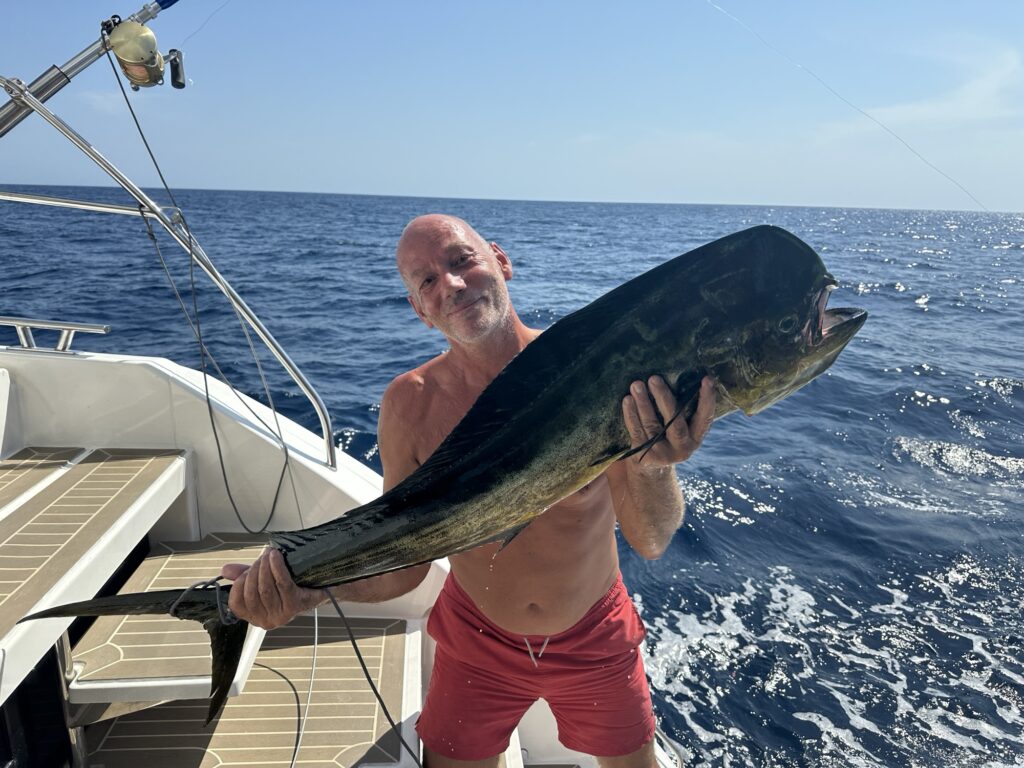
We decided to stop north in the park for a quick rest, to see if we could find a nice anchorage for when we returned. We had heard some rumors that it was very expensive to anchor in the park, but the area is quite big, so the rangers might miss you, if you are lucky.
Or plan well… it turned out that we managed to drop our anchor right outside the ranger station 😳 Not so clever…. We quickly learned that it would cost us $100 if we wanted to stay overnight, but we were allowed to rest for a few hours.
That we did. We went for a snorkel trip, and headed onwards after a couple of hours.
Isla Gómez
We arrived early Friday morning to Isla Gómez, right next to the bigger Isla Parida. We had learned from a YouTube sailing channel we follow that this anchorage is high on their list of favorite places, so our expectations were quite high.
The islands are located just off the coast, and this unfortunately means that the water is quite murky, due to the close by rivers. So, in terms of snorkeling activities, the visibility was quite poor.
As we were there during the weekend, we quickly discovered that the locals from the nearby city of David, have these islands as a pastime favorite for weekend outings. It didn’t take long before the little pristine beach was flooded with people.
It was a rather curious social study to witness the different groups; the 20 somethings hanging around in a big circle in the water with drinks and loud music, the families with the kids running around in utter joy, and the tourist groups rushing back and forth between the different sights getting their social media shots and bucket lists filled up.
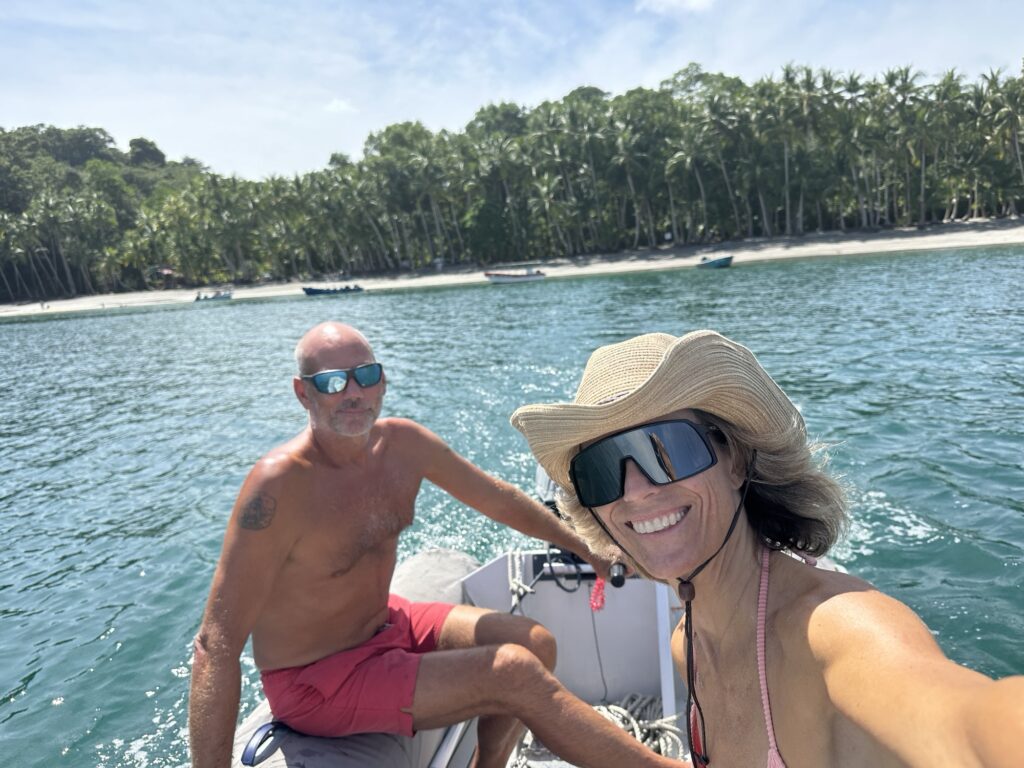
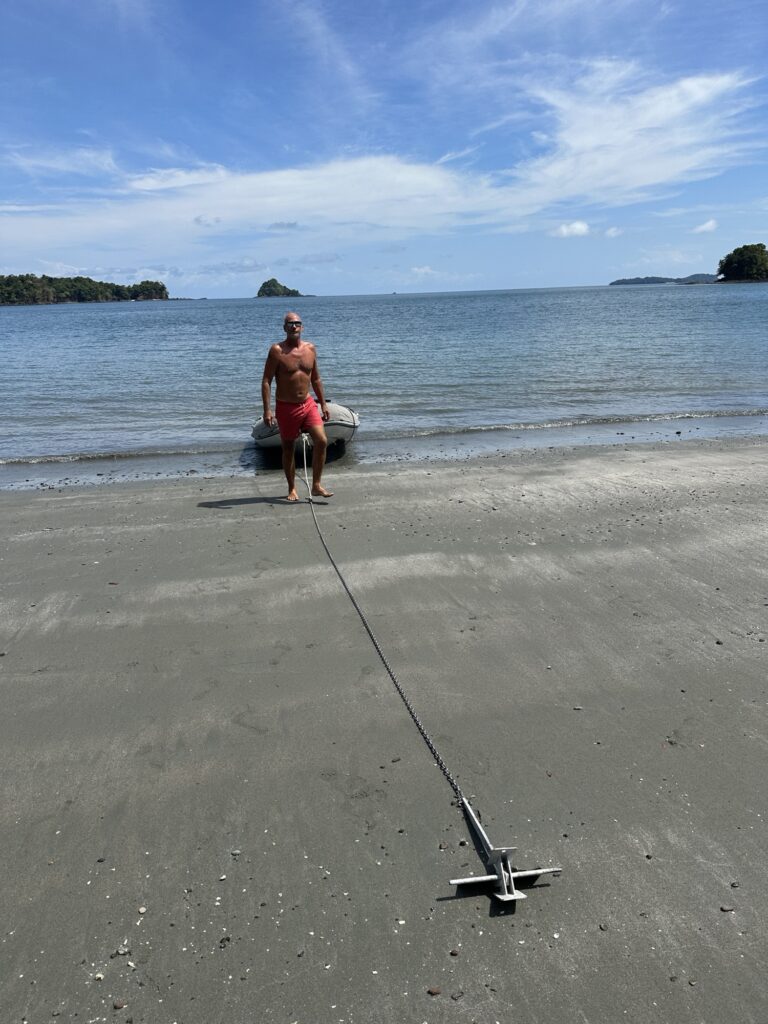
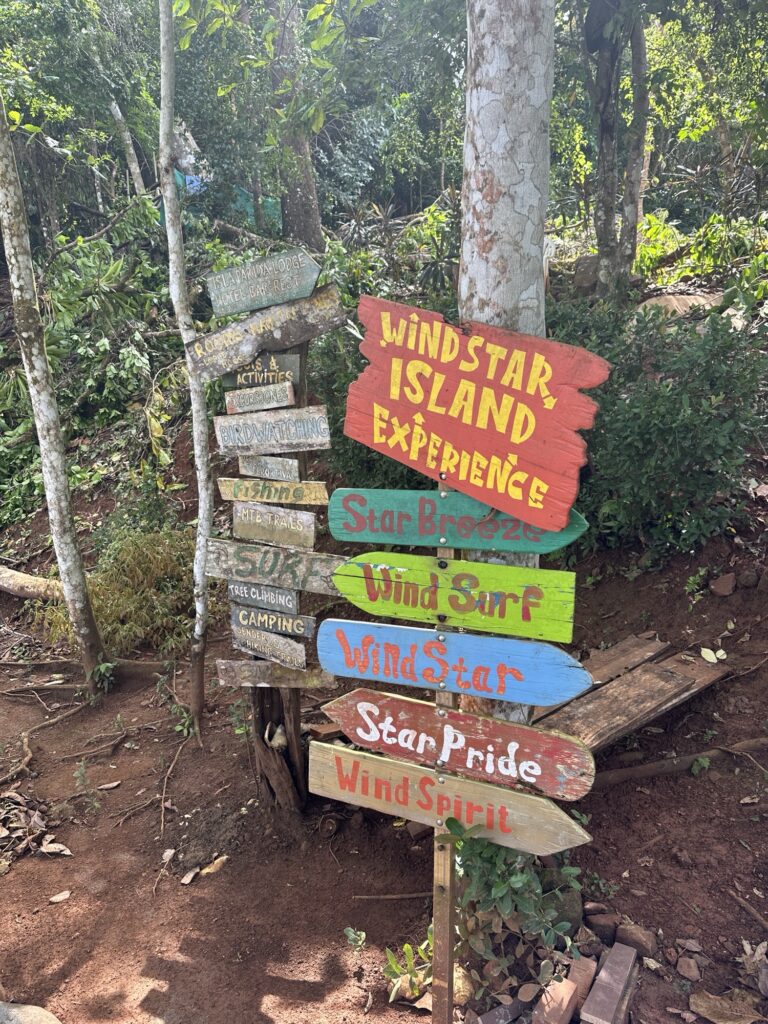
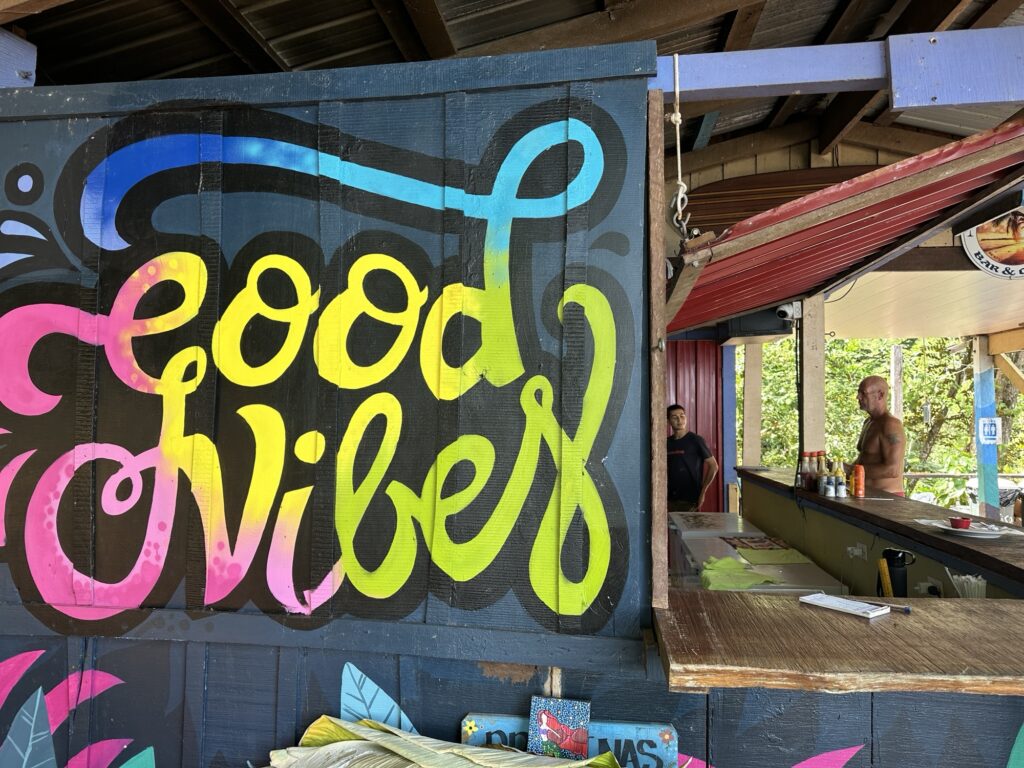
After enduring two days of lots of pangas (local boats) crisscrossing around our boat, and not any signs of the visibility in the water approving, we decided to lift our anchor, and head back East to an island group only 16 nm away.
Islas Secas
Isla Secas is a group of 14 islands, all privately owned by an American investor and philanthropist. There is an amazing luxury resort on the main island, where the rooms run from $3,500 per night to villas running at $15,000 per night.
We anchored in a quite exposed anchorage off a beautiful beach, where we were mostly alone. Except for the occasional tourist panga bringing 2-4 people for a couple of hours two of the days, and a couple of hotel guests one day, we saw no one. This is the kind of anchorage we love!
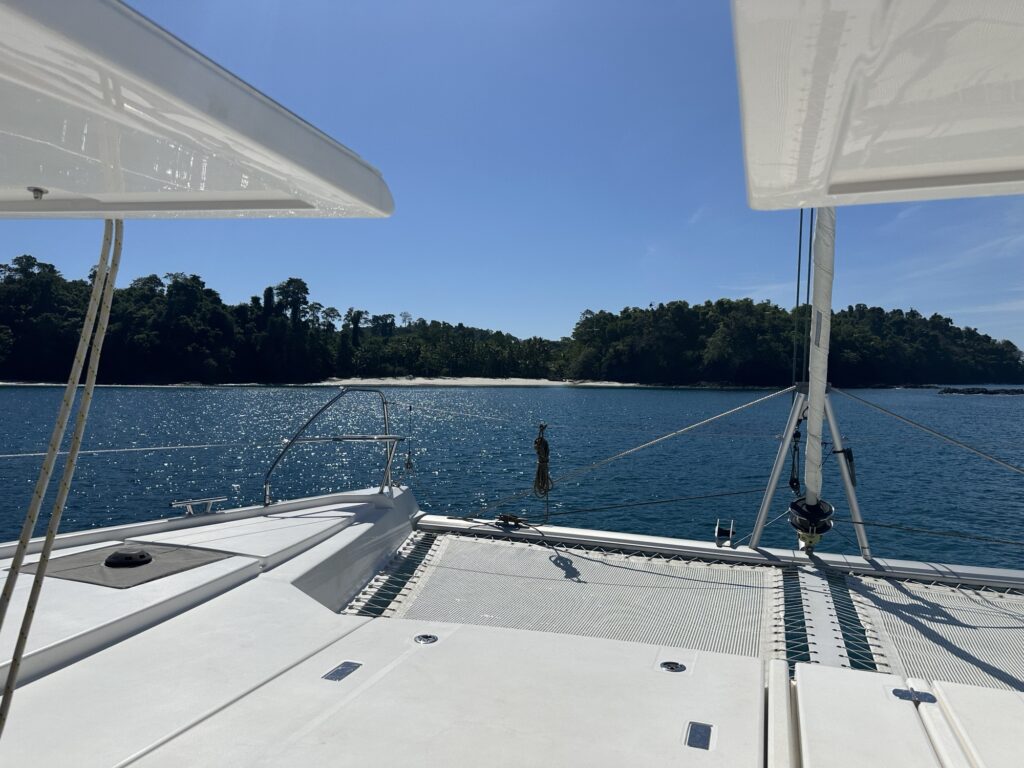
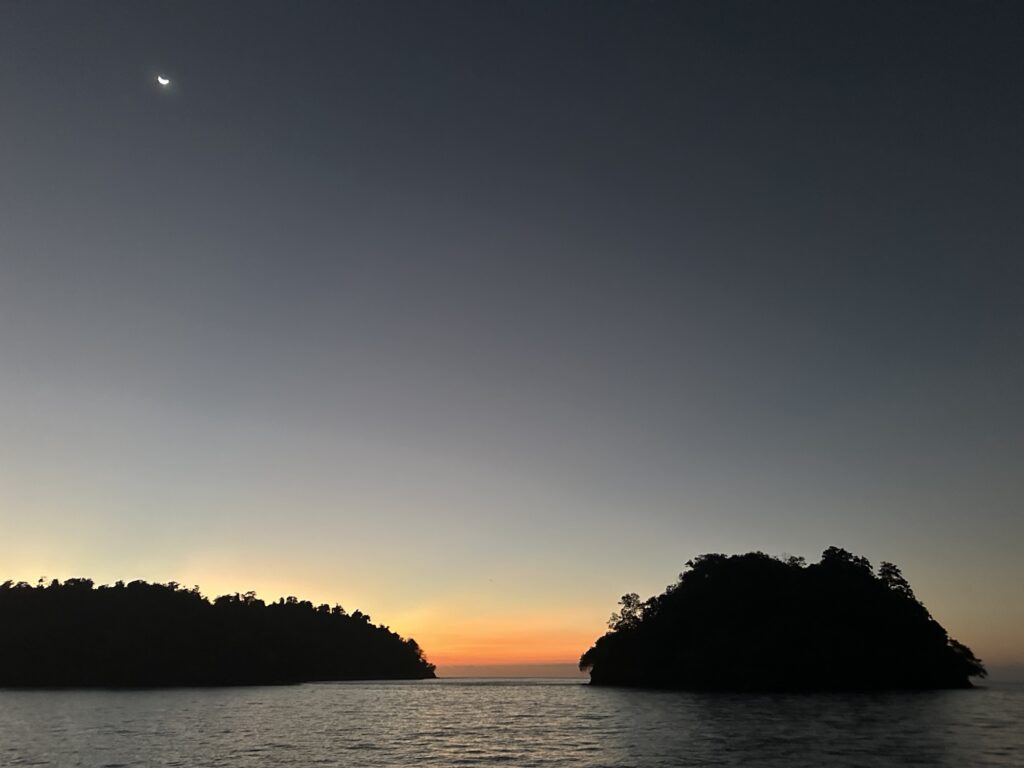
We had great snorkeling right off the boat, and were amazed by all the big fish and how curious they were. We also made a couple of dives on the neighboring islands, and saw plenty of turtles, eagle rays and Carine saw her first white tipped reef shark.
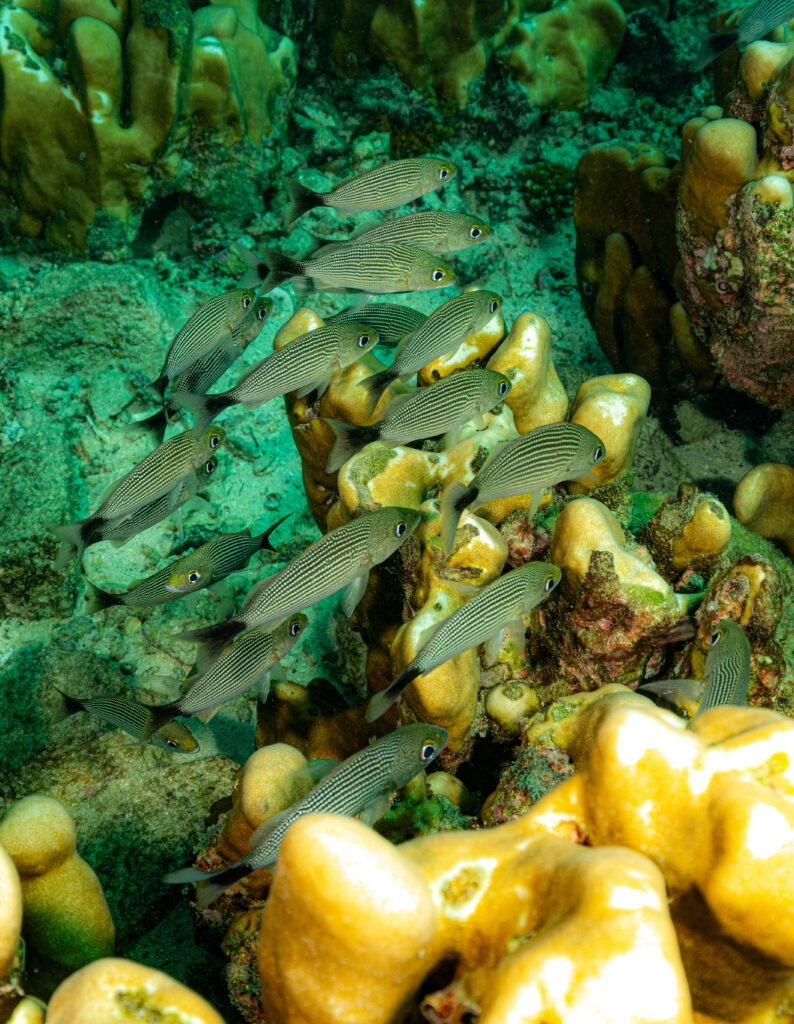
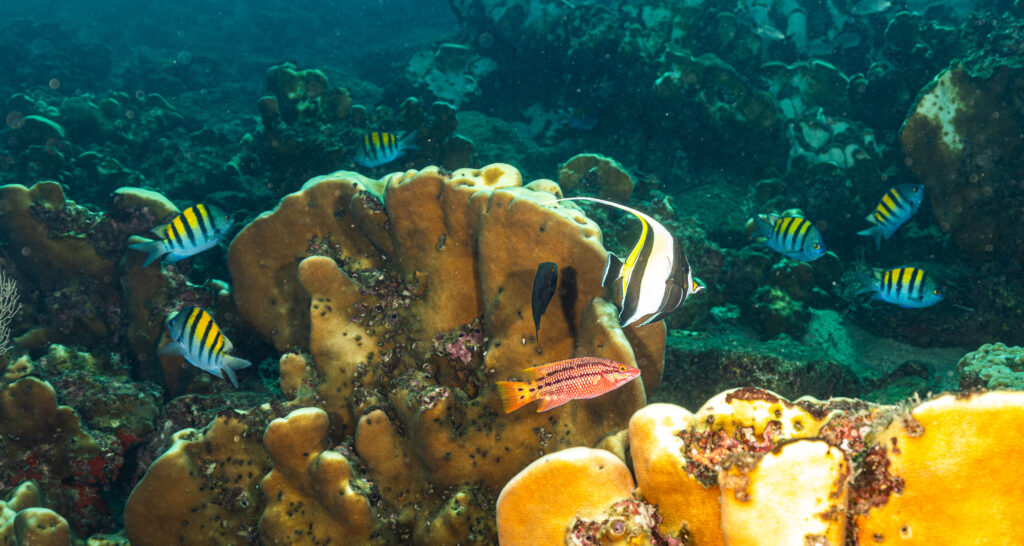
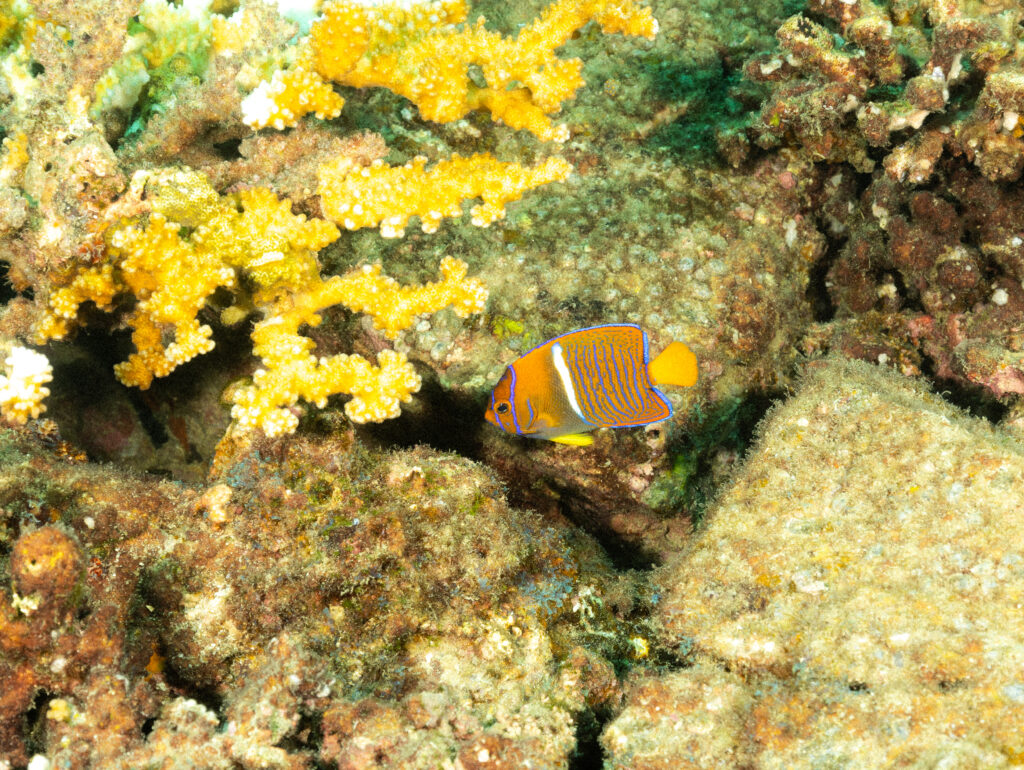
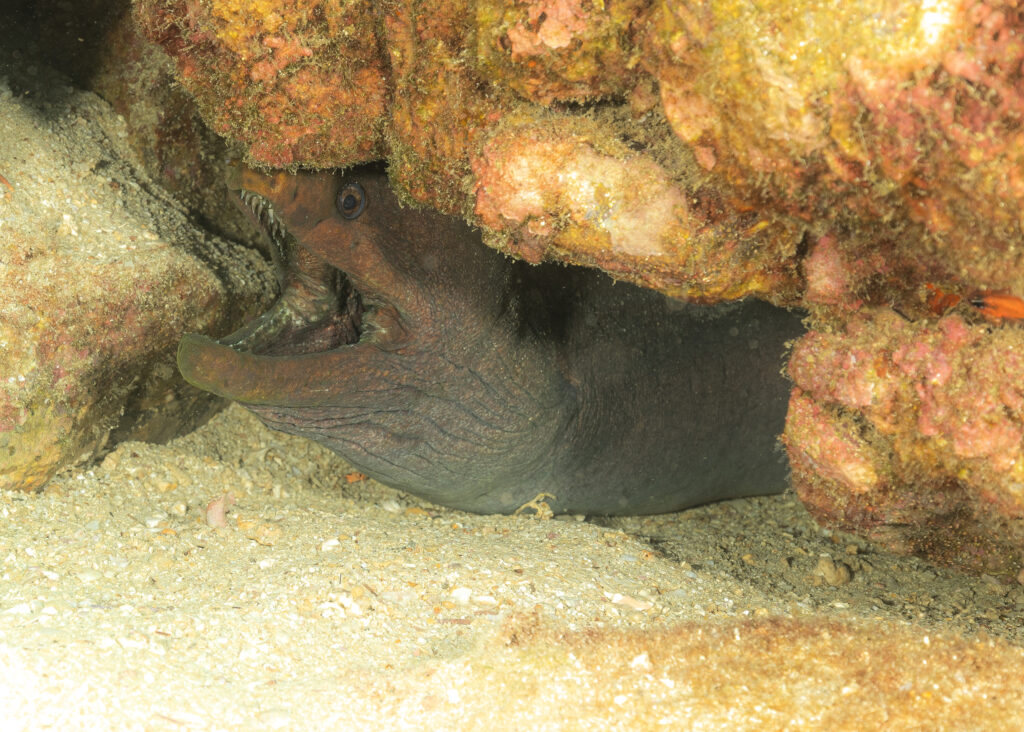
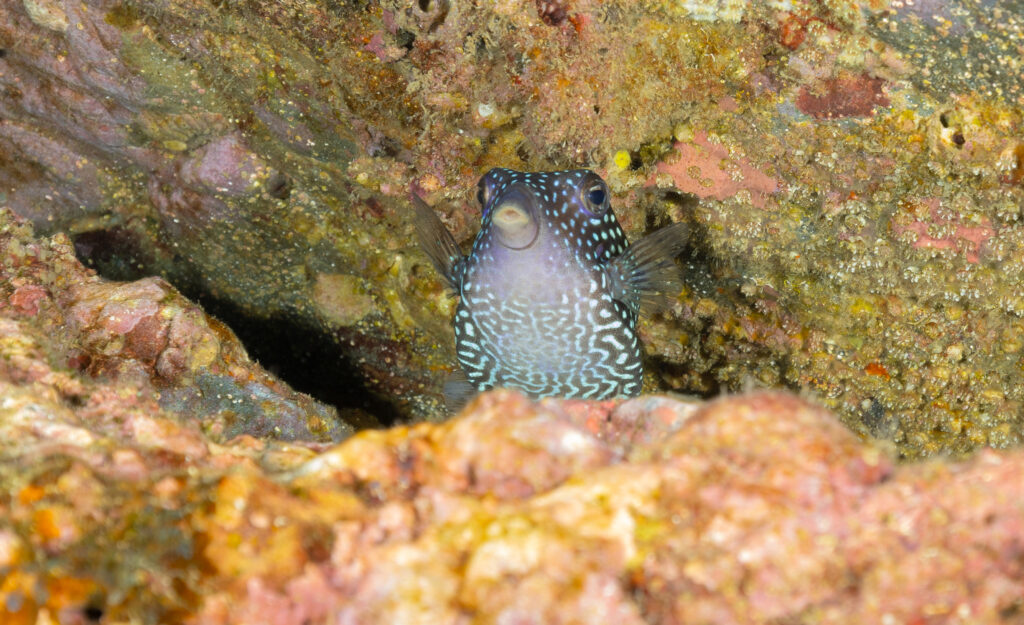
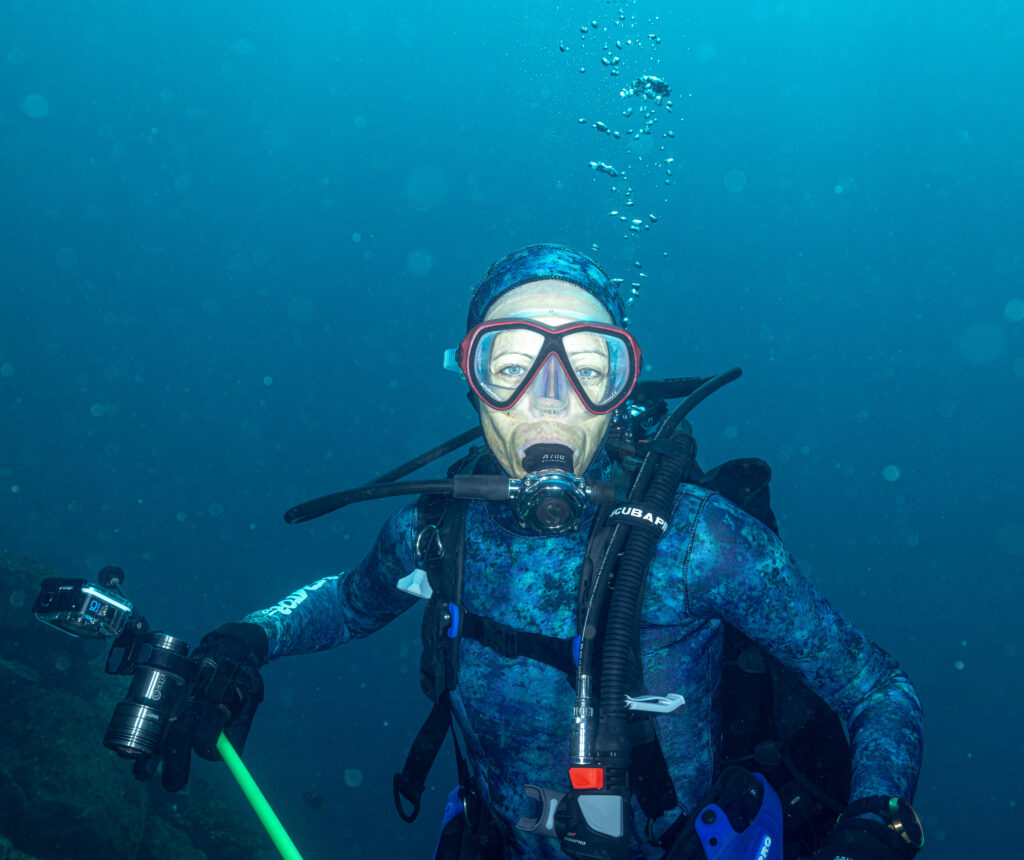
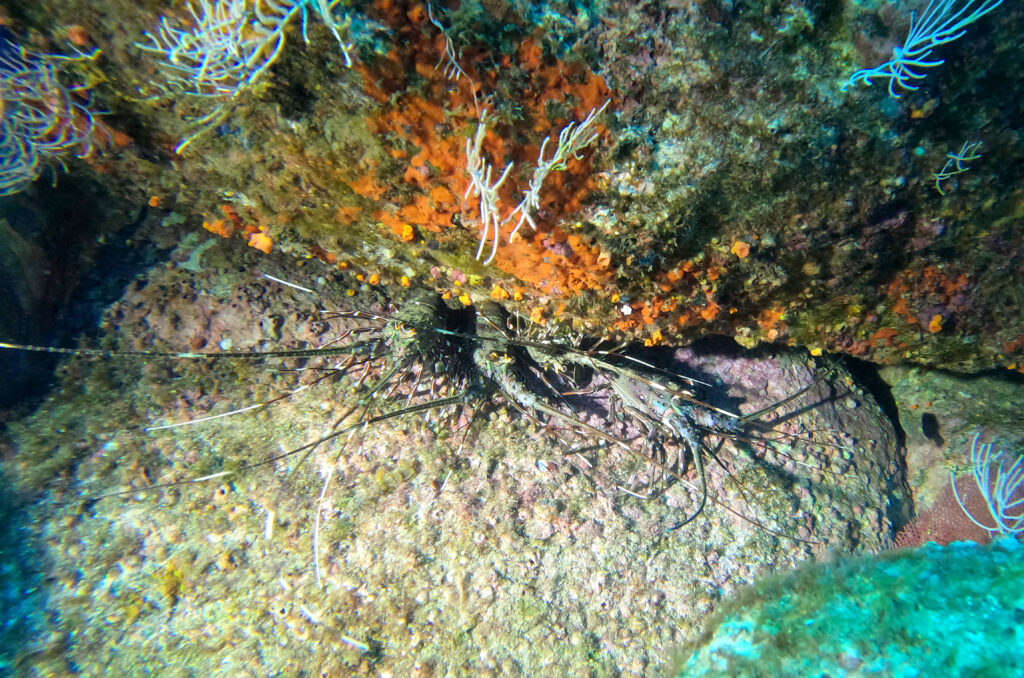

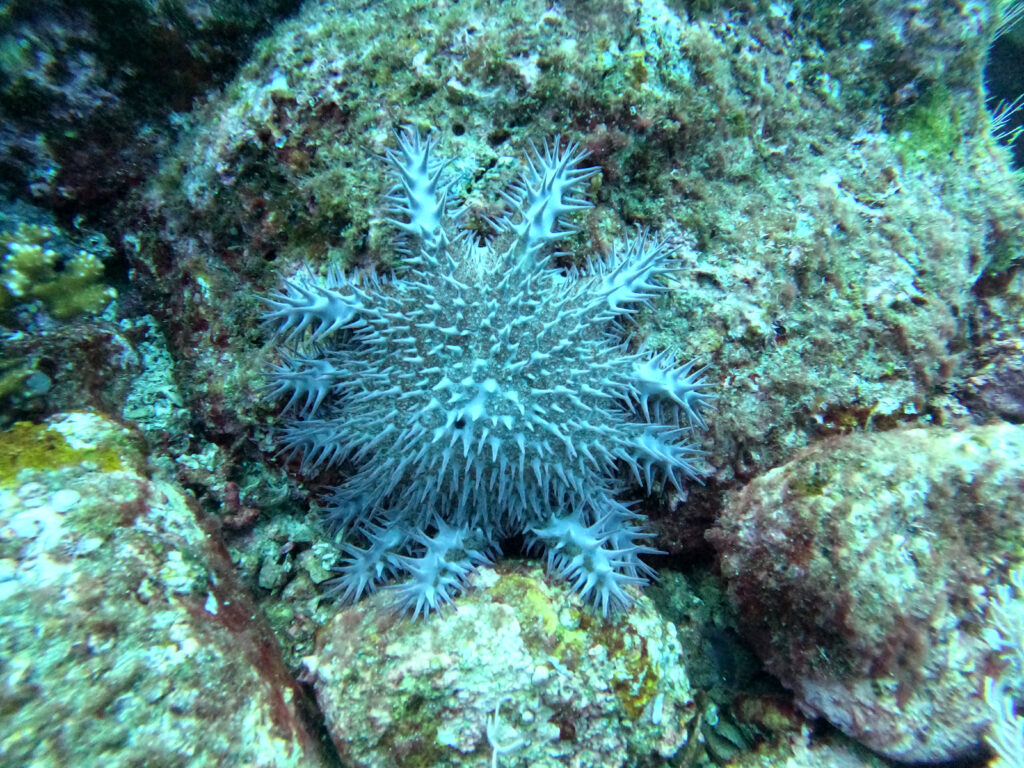
After five nights, we got a little tired of the rolly motion that came every night with the sunset, so we decided to move the boat to the much calmer anchorage just off main island and the gorgeous hotel.
It was at this location that Carine received the sad news that her father had passed away. We knew there was a risk that this would happen, as his health had been deteriorating over quite some time. However, one is never truly prepared for sad news like that.
We had already planned to be back in Panama City within a week, but this certainly changed our perspective on how the travel should go. With wind against us, the weather conditions were not ideal. Therefore, we decided to leave sooner rather than later, to ensure we got back in plenty of time for Carine to reach her flight to Norway. There is no good place to leave the boat in the city, so Bruse would have to stay with the boat.
Isla Jicarón
After a 45 nm day sail, we reached Isla Jicarón, which is part of the Coiba Marine Park. We had been tipped by other sailors that the park rangers seldom come this far south.
There are two small islands located south of the bigger island of Coiba, Isla Jicarón and Isla Jicarita. We were right in one of the best dive spots of Central America, and had planned to squeeze in a dive. However, we got unlucky with the wind direction, and got a lot of swell on the anchorage. This meant we could not launch our dinghy to transport us to the dive spot. So, with a little bit of disappointment, we headed out the next morning and started our sail towards the city.
Venao
Venao is one of the best surf towns in Panama. We stopped for one night to get a good night’s sleep. The beach is perfect for surfers of all different levels. We saw first timers getting trained by instructors as well as super good locals catching almost every wave they went for.
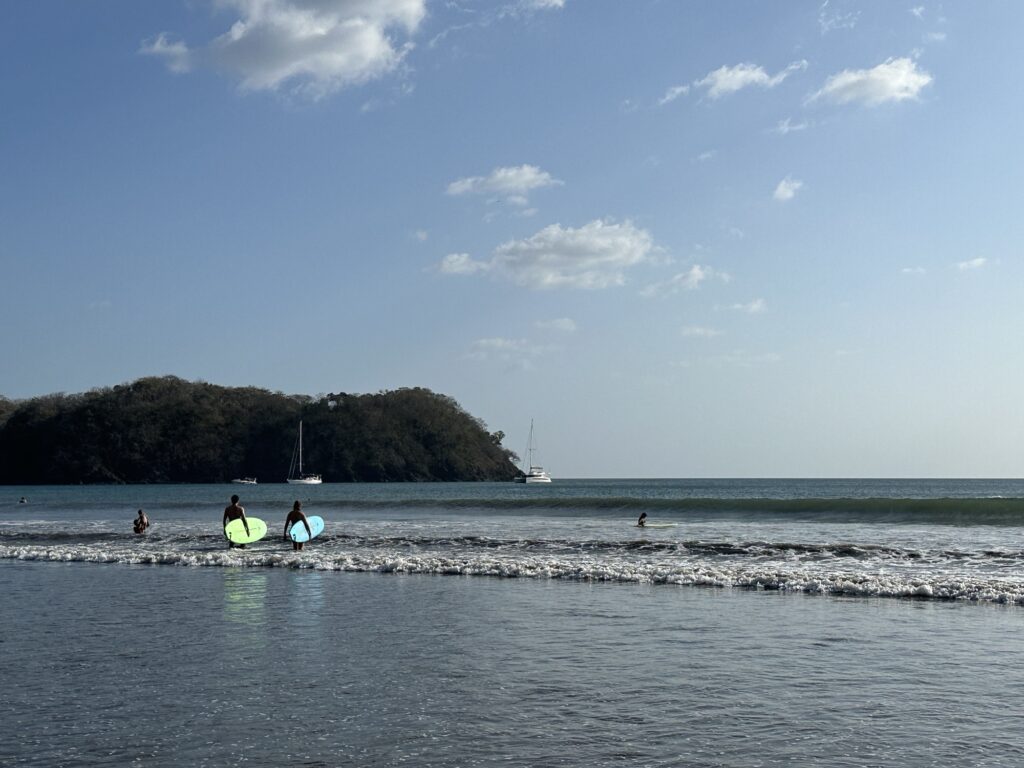
The vibe of this little town was truly chilled and welcoming. We could definitely see ourselves hanging out there for a few weeks, and perhaps pick up some surfing skills. We watched in envy as our neighboring boat on anchor put their surf boards in the water from the boat, paddled over to the beach and caught a wave on the way.
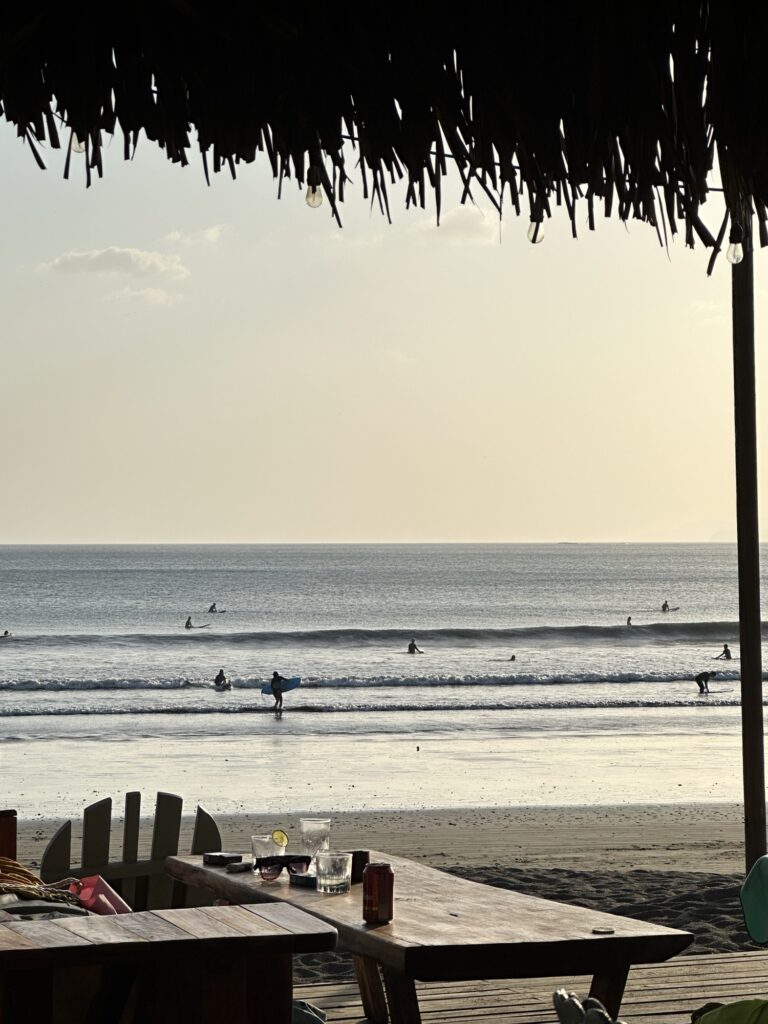
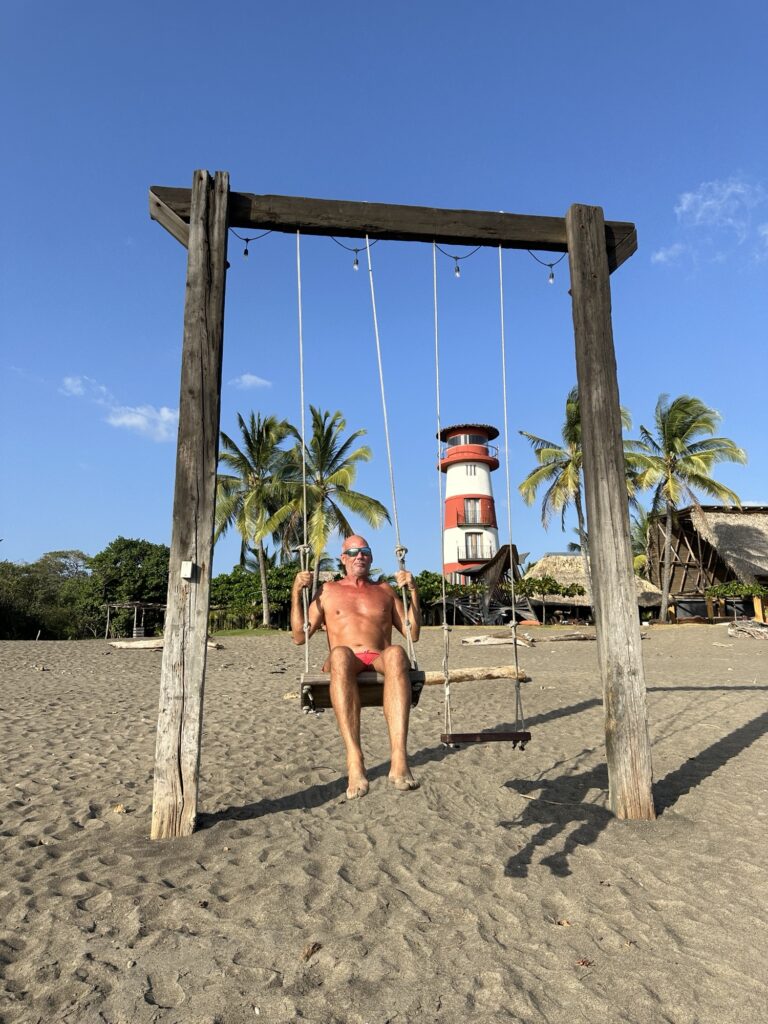
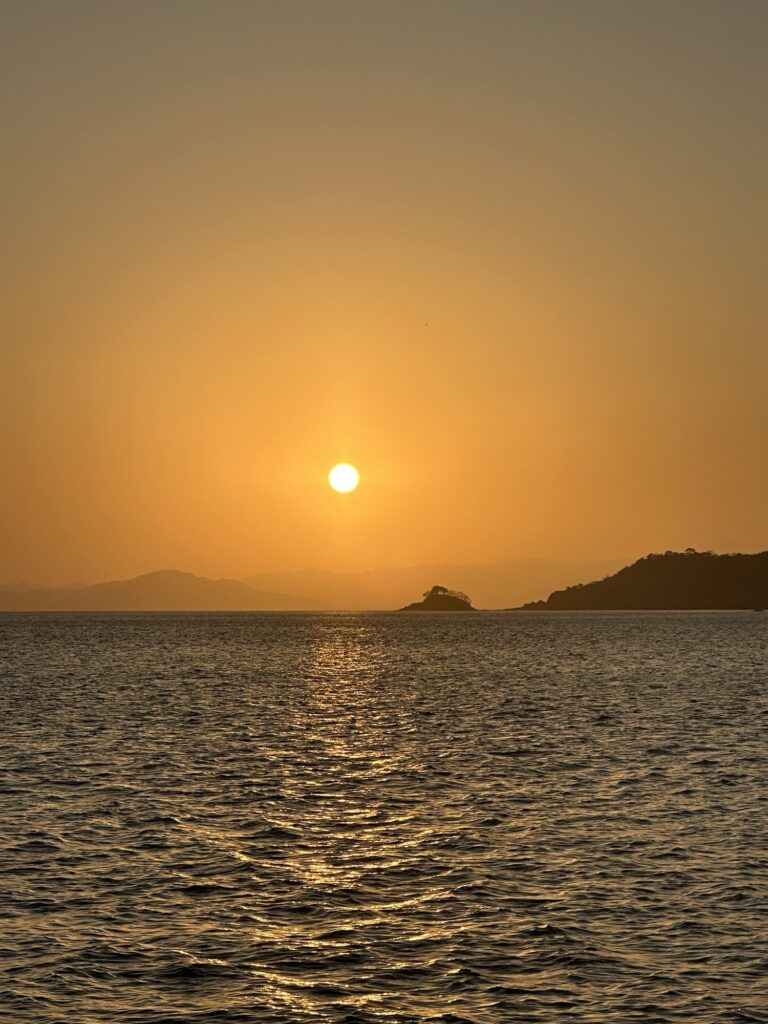
We went through yet another night sail before we reached Panama City. We had reserved a spot in the marina, and just made it in before dark. We agreed that we certainly had enjoyed our time up Gulf of Chiriquí, but we probably should have had some more time. It was a long sail for just barely two weeks back and forth.
We are now back in Panama City, and will spend the time preparing for the Pacific passage, as well as our next port of call, which will be Galapagos.
